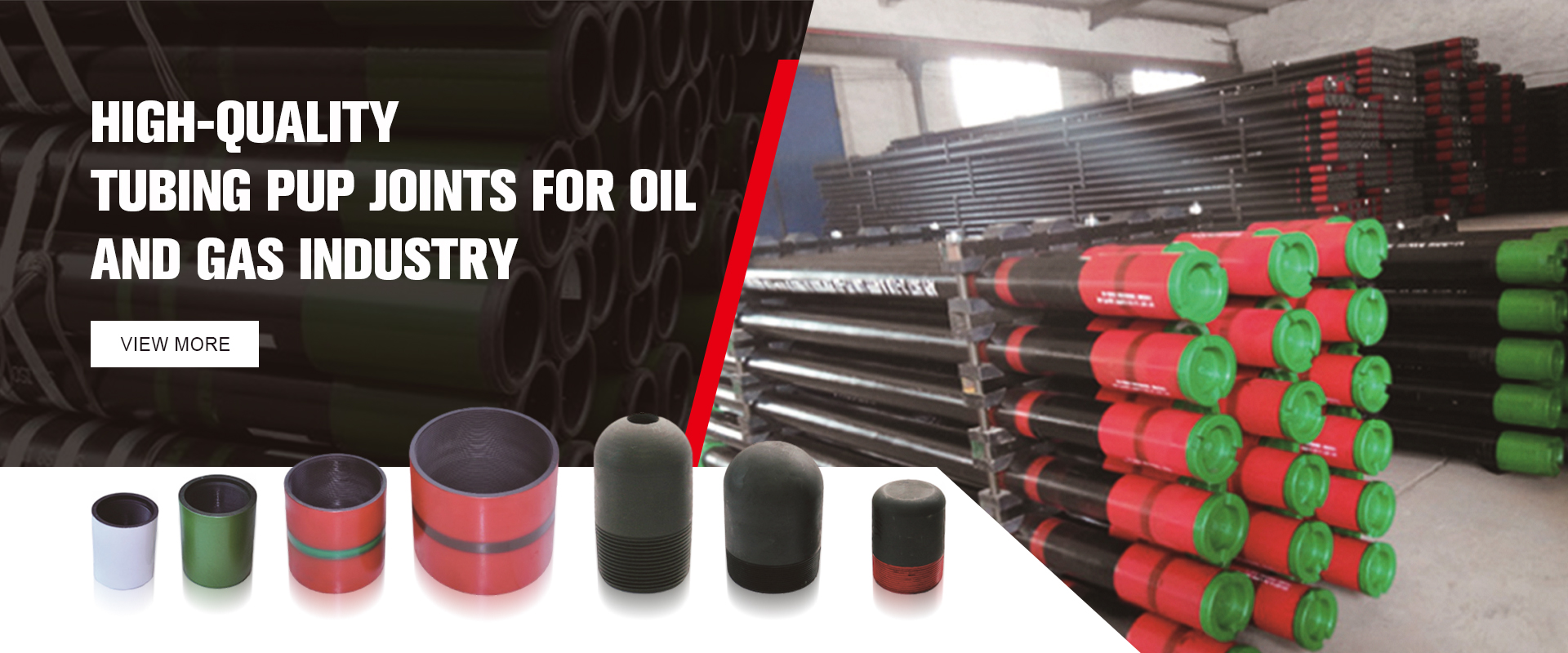- Afrikaans
- Albanian
- Amharic
- Arabic
- Armenian
- Azerbaijani
- Basque
- Belarusian
- Bengali
- Bosnian
- Bulgarian
- Catalan
- Cebuano
- Corsican
- Croatian
- Czech
- Danish
- Dutch
- English
- Esperanto
- Estonian
- Finnish
- French
- Frisian
- Galician
- Georgian
- German
- Greek
- Gujarati
- Haitian Creole
- hausa
- hawaiian
- Hebrew
- Hindi
- Miao
- Hungarian
- Icelandic
- igbo
- Indonesian
- irish
- Italian
- Japanese
- Javanese
- Kannada
- kazakh
- Khmer
- Rwandese
- Korean
- Kurdish
- Kyrgyz
- Lao
- Latin
- Latvian
- Lithuanian
- Luxembourgish
- Macedonian
- Malgashi
- Malay
- Malayalam
- Maltese
- Maori
- Marathi
- Mongolian
- Myanmar
- Nepali
- Norwegian
- Norwegian
- Occitan
- Pashto
- Persian
- Polish
- Portuguese
- Punjabi
- Romanian
- Russian
- Samoan
- Scottish Gaelic
- Serbian
- Sesotho
- Shona
- Sindhi
- Sinhala
- Slovak
- Slovenian
- Somali
- Spanish
- Sundanese
- Swahili
- Swedish
- Tagalog
- Tajik
- Tamil
- Tatar
- Telugu
- Thai
- Turkish
- Turkmen
- Ukrainian
- Urdu
- Uighur
- Uzbek
- Vietnamese
- Welsh
- Bantu
- Yiddish
- Yoruba
- Zulu
api 5ct casing coupling
Understanding API 5CT Casing Couplings A Comprehensive Overview
API 5CT is a specification published by the American Petroleum Institute (API) that outlines the standards for casing and tubings used in the petroleum and natural gas industries. Casing is a critical component of drilling operations, designed to stabilize the wellbore and prevent collapse, while also protecting groundwater and limiting the risk of contamination. Within this specification lies the essential component known as casing coupling, which plays a vital role in connecting lengths of casing pipe together and ensuring an effective and secure system.
The Role of Casing Couplings in Oil and Gas Production
Casing couplings are threaded connectors that join two pieces of casing. They are typically made from high-strength steel to withstand the significant pressures and stresses encountered during drilling and production operations. These couplings not only provide a mechanical connection but also in many cases, enhance the overall strength and durability of the wellbore.
In the API 5CT specification, various types of couplings are highlighted, including regular and slim types, along with different grades of materials suited for various drilling environments. The choice of coupling is essential, as it must match the casing grade to ensure optimal performance and structural integrity throughout the life of the well.
Key Standards and Specifications
API 5CT specifies several grades of casing, each designed for different conditions and requirements. The most common grades include H40, J55, K55, N80, P110, and L80, with varying tensile strengths and material properties suitable for different depths and pressure conditions. Couplings are classified in parallel with these grades, with each coupling designed to match the specific casing grade for compatibility.
Particularly, the dimensions, thread types, and mechanical properties of the couplings are defined in accordance with the API standard, ensuring consistency and reliability across various projects. For example, the threaded connections must provide a leak-tight seal while facilitating the ease of installation and removal during drilling operations.
api 5ct casing coupling

Importance of Quality and Material Selection
Quality control and the selection of materials used in the manufacturing of casing couplings are crucial. High-quality steel is necessary to resist corrosion, particularly in hostile environments that may involve acidic or saline substances. This material selection not only affects the durability of the coupling but also impacts safety and compliance with regulatory standards.
Moreover, the manufacturing process of casing couplings must adhere to strict quality assurance protocols. Non-destructive testing methods—including ultrasonic testing and magnetic particle inspection—are often employed to detect any defects that could compromise the integrity of the coupling.
Applications in the Field
The practical applications of API 5CT casing couplings are evident in various stages of oil and gas exploration and production. From the initial drilling phase to the completion of a well, these couplings facilitate the assembly of casing strings needed to penetrate to target depths safely.
In addition, advancements in technology have led to innovations in coupling design, providing better performance and efficiency. For example, some couplings now incorporate design features that mitigate the risks of leakage and failure, enhancing the overall safety profile of drilling operations.
Conclusion
In conclusion, API 5CT casing couplings are an integral part of the oil and gas industry's infrastructure. Understanding the specifications, importance of quality materials, and proper applications of these couplings is essential for engineers and operators involved in drilling operations. As the industry continues to evolve, ongoing improvements and innovations in coupling design will be key to ensuring the safety, reliability, and efficiency of oil and gas production, thereby supporting the growing energy demands of the future.
-
Tubing Pup Joints: Essential Components for Oil and Gas OperationsNewsJul.10,2025
-
Pup Joints: Essential Components for Reliable Drilling OperationsNewsJul.10,2025
-
Pipe Couplings: Connecting Your World EfficientlyNewsJul.10,2025
-
Mastering Oilfield Operations with Quality Tubing and CasingNewsJul.10,2025
-
High-Quality Casing Couplings for Every NeedNewsJul.10,2025
-
Boost Your Drilling Efficiency with Premium Crossover Tools & Seating NipplesNewsJul.10,2025







